Sewing with knit fabrics is both fun and challenging. Unlike woven fabrics, knit materials stretch and drape differently. This is why seamstresses face different challenges when working with them.
But when you have the right techniques and tools in hand, knit fabrics are great to work with. It results in comfortable and stylish garments that fit you like a glove. One important skill to work with this material is how to stabilize knit fabric for sewing.
Throughout this guide, we’ll cover all topics related to stabilizing and sewing knit fabrics. We’ll provide tips, tricks, and techniques so you get the perfect results every time.
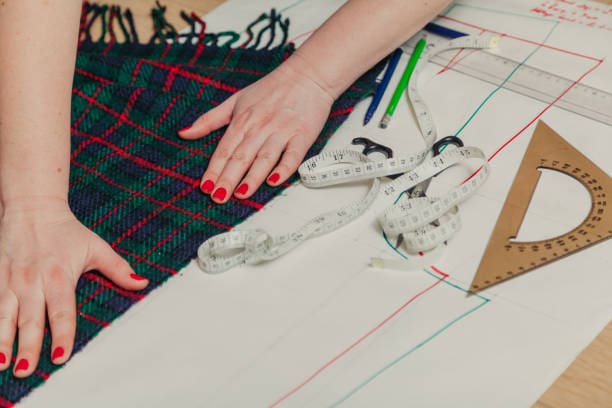
Definition of Knit Fabric
Knit fabric is made by interlocking loops of yarn. This creates a stretchable material. Though knits are different from woven sewing knit fabrics, which are more rigid. When pulled, knits return to shape. That’s why they are ideal for clothing that requires a little management.
Understanding Knit Fabrics
Yarn loops are interlaced to make a knitted or woven fabric last. This creates something that is not just stretchy, but also moves as you do. If you pull it out of shape by accident (or on purpose), it will always return back to its original form.
However, before we get into the more nitty-gritty stuff about stabilizing practices, let’s first understand what these fabrics are all about.
Unlike a woven fabric, ones that see yarns intersecting at 90 degree angles, knit clothing sees loops interlocking instead.
This makes them much stretcher than your typical textiles. Those which are made from wavy materials like t-shirts, leggings, and dresses benefit from this immensely.
However, it does come with some side effects when sewing them. The most apparent one being their tendency of stretching out of shape. It causes bunches or uneven seams sometimes as well as distortion in certain parts.
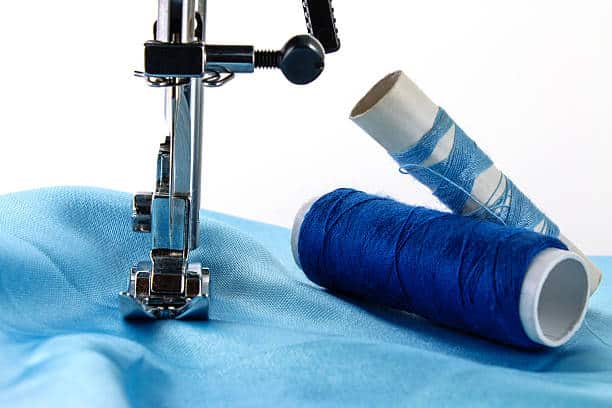
Different Types of Knit Fabrics
Different knits behave differently. Knowing which type you’re working with will help you choose the best stabilization method.
Single knits
Single knits are lightweight and stretchy, like cotton or t-shirt material. They are stretch fabrics tend to curl at the hem and edges, which can be tricky when cutting and sewing patterns.
Double knits
Double knits are heavier and more stable than single knits. They stretch less and don’t curl as much. Examples include some types of sweatshirt fabrics.
Interlock knits
Interlock knits are a kind of stretch or double knit. They are smooth on both sides and work well for items that need more structure while maintaining comfort, like dresses or leggings.
Rib knits
Rib knits have visible vertical stripes. They are all cotton, very stretchy and often used for cuffs and neckbands.
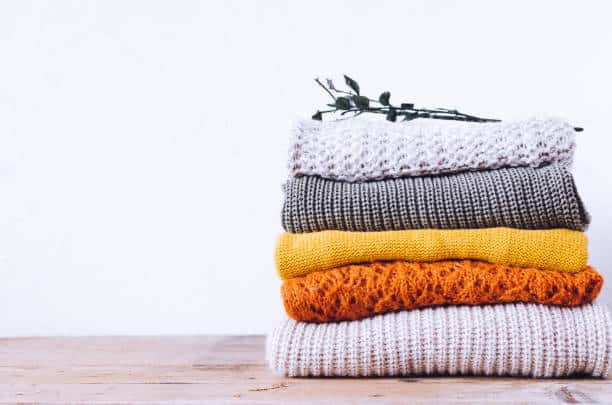
Why Stabilize Knit Fabric?
Stabilizing knit fabric layers is essential for several reasons:
1. Preventing Stretch
Knit fabrics have inherent stretch, which can lead to distortion during sewing. Stabilizing helps to control this stretch when sewing this garment. It ensures that the fabric maintains its shape and size.
2. Supporting Seams
Knit fabrics and wool require special attention when it comes to seams and stitches. Stabilizing prevents seams and stitches from stretching out or becoming wavy for a neat, professional-looking finishes.
3. Adding Structure
Depending on the project, you may need to add additional structure to knit fabrics, especially if they’re lightweight or loosely knit. Stabilizing can support the cuffs, collars cut edges, and other details.
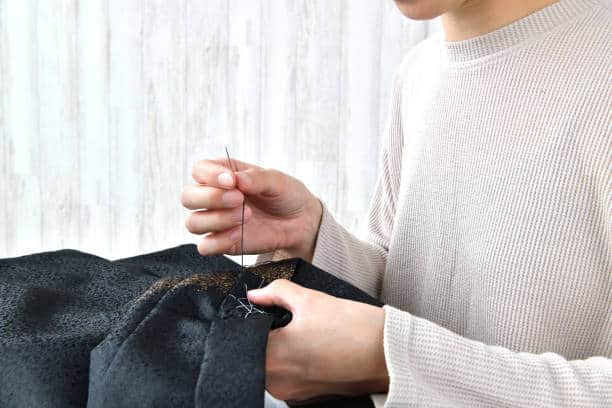
Techniques for How to Stabilize Knit Fabric
Now that we understand the importance of stabilizing knit fabric, let’s explore some effective techniques:
1. Choosing the Right Stabilizer
When it comes to stabilizing knit fabrics, there are several options to choose from:
– Fusible Interfacing
Fusible interfacing is a popular choice for stabilizing knit fabrics. It comes in a variety of weights and can be ironed onto the wrong side of the fabric to add stability without affecting the stretchiness.
– Stay Tape
Stay tape is a narrow paper, woven cotton thread, paper or knit tape that can be stretched and sewn along seamlines or edges to prevent any seam stretching. It’s particularly useful for stabilizing shoulder seams, necklines, and hems.
– Clear Elastic
Clear elastic can be sewn directly into seams to provide more seam stability while maintaining stretch. It’s commonly used to sew up the shoulder seams and waistbands to prevent stretching and sagging.
– Knit Stay Tape
Knit stay tape is specifically designed for stabilizing knit fabrics. It’s lightweight, flexible, and stretches along with the fabric. This makes it ideal for neckline and armhole edges.
When choosing a seam stabilizer pattern, consider the weight and stretchiness of your knit fabric, as well as the intended use of the fibers in the garment.
2. Preparing the Fabric:
Before stabilizing knit fabric, pre-treat it to minimize stretching and distortion. Here’s how:
– Pre-Wash
Wash and dry your knit fabric according to the manufacturer’s instructions to remove any sizing or shrinkage. This will help prevent distortion during sewing.
– Handling
Handle knit fabric with care, avoiding excessive stretching or pulling. Lay it flat to dry to maintain its shape.
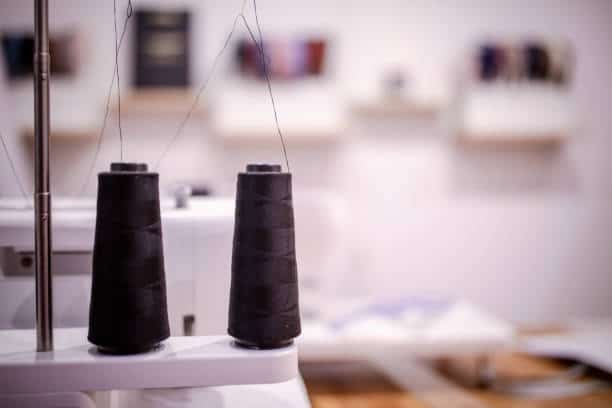
3. Stabilizing Techniques
Now that your fabric and machine is prepped and sewing machine ready, let’s explore some stabilizing techniques for common, sewing machine applications:
– Seams
When sewing seams in knit fabric, use a straight stitch such as a serger, or zigzag serger, narrow zig zag stitch or a serger in narrow zig zag stitch to make stretch fabrics move for the seam you sew, without breaking the thread. Additionally, stabilize the seam with clear elastic or stay tape to prevent further seam stretching.
– Necklines
Necklines are prone to stretching out of shape, especially in knit fabrics. To stabilize a neckline, apply knit stay tape to the wrong side of the pattern or fabric before sewing. This will help maintain the shape of the pattern and neckline and prevent it from gaping or sagging.
– Hems
Hemming knit fabrics can be challenging due to their stretchiness. To stabilize and sew a hem of sweater, apply fusible interfacing or stay tape along the hem and raw edge before folding the sweater, hem and sewing. This will prevent the bottom hemline from stretching out while providing the sweater a clean finish.
– Cuffs and Waistbands
Cuffs and waistbands require additional stability to make stretch fabrics maintain their shape and elasticity. For cuffs, apply clear elastic or stay tape along the length of the seam or raw edge before folding and sewing.
For waistbands, use a combination of fusible interfacing and elastic to make stretch fabrics provide support without compromising stretch.
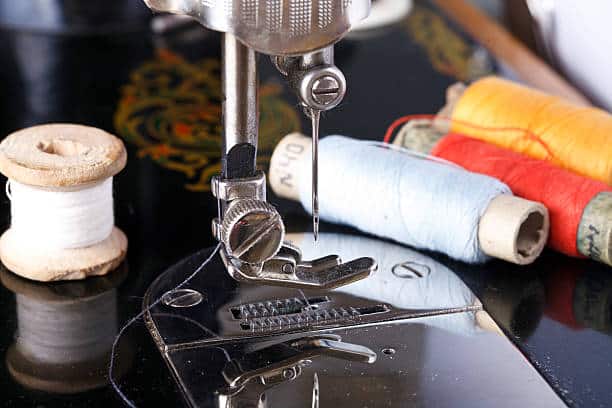
Tips for Successful Sewing with Stabilized Knit Fabric
Here are some final tips to ensure success when sewing with sewing machine and knit fabrics.
Testing on Scrap Fabric First
Always test your machine made stitches on scrap fabric. This helps you adjust stitch tension and stitch length before you begin to sew on your actual project.
Using Proper Cutting Techniques
Use rotary cutters or sharp scissors. Cut on a single layer if possible to maintain accuracy.
Pressing and Steaming Tips
Press a needle gently with an iron on a low heat setting. Too much heat can damage the needle, iron, needle stabilizer or the fabric. Use a pressing cloth to protect delicate knits.
Troubleshooting Common Issues
If seams pucker, reduce tension. If stitches skip, try a ballpoint needle designed for sewing knits together. Adjust until you find the perfect settings for your fabric.
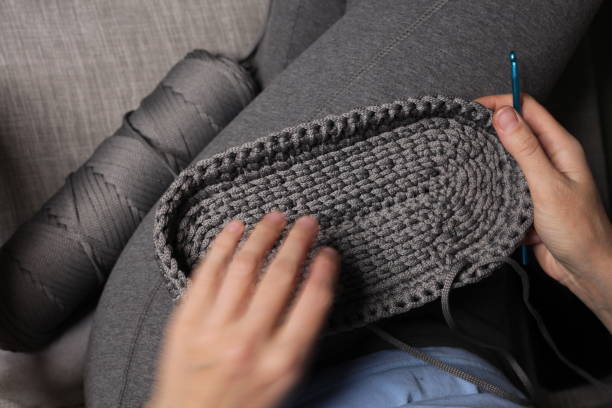
Conclusion
Mastering the art of stabilizing knit fabric will give you professional-looking results in your sewing projects. With this guide, you can sew with confidence, knowing that your garments will fit beautifully. So grab your favorite knit fabric and get ready to create stylish, comfortable pieces that you’ll love to wear again and again!


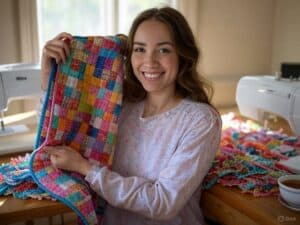

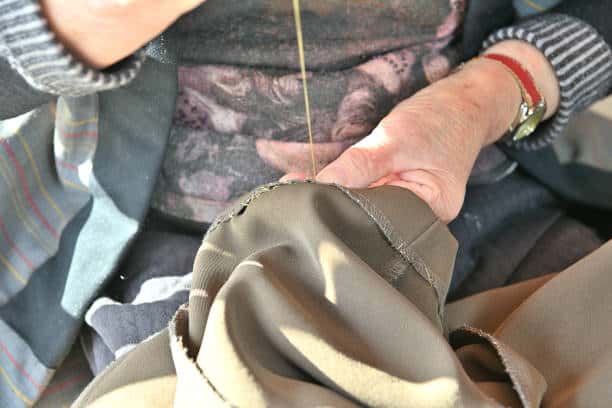



2 Comments
I have been browsing online more than 2 hours today, yet I
never found any interesting article like yours.
It is pretty worth enough for me. Personally, if all web owners
and bloggers made good content as you did, the net will be a lot more useful than ever before.
I am sure this article has touched all the internet visitors, its really really nice
paragraph on building up new webpage.